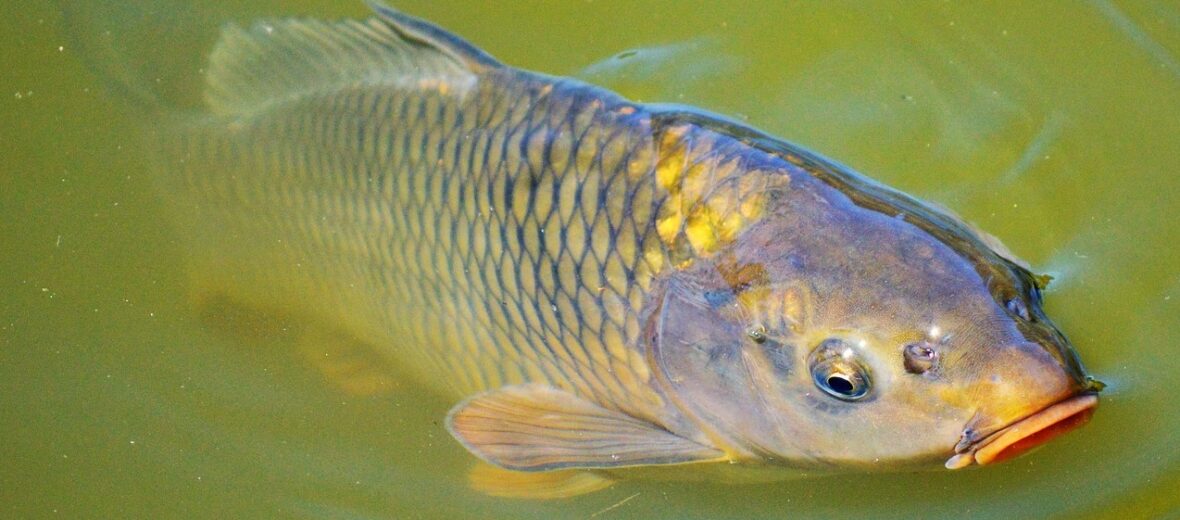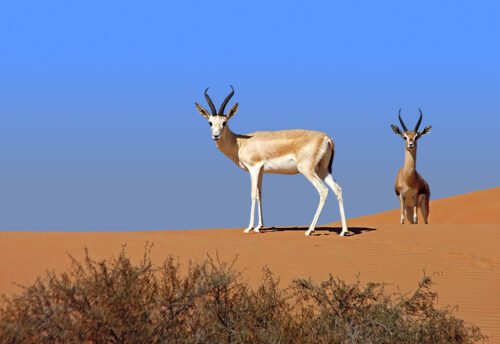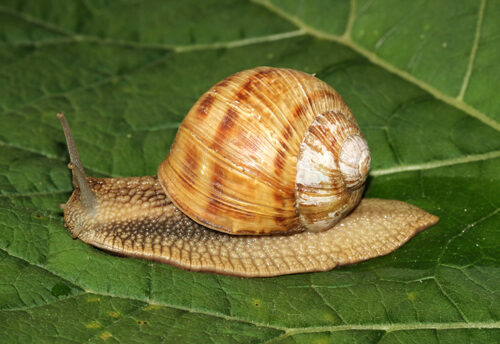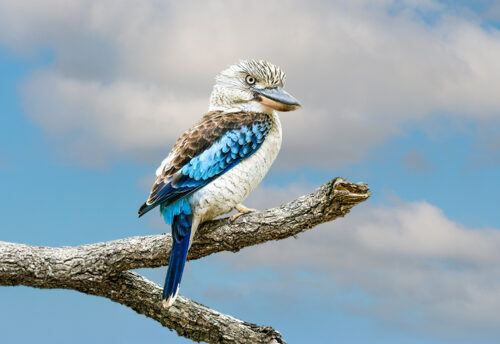
The carp is a study in duality. In their native habitat they are listed as Vulnerable by the IUCN. However, in the rest of the world, they are deemed a highly invasive fish, as compiled by the Global Invasive Species Database in 2014 and listed as 1 of the top 100 most invasive species. From the smaller common carp to the giant Rohu and grass carp, these fish have been popular (in 1 way or another) throughout history.
First the Stats…
Scientific name: Cyprinus carpio
Weight: Up to 55 lbs.
Length: Up to 3.93 feet
Lifespan: Up to 20 years
Now on to the Facts!
1.) Initially hailing from Europe and Asia, these fish have been spread to every continent on the planet, sans the poles.
2.) They are the 3rd most introduced fish species in the world; next to lionfish and walking catfish.
3.) In some regions, these fish are considered an edible fish.
4.) In Europe, from the 13th – 16th centuries, carp were used as a food fish, as they were easy to breed and care for.
5.) Romans raised these fish around 2,000 years ago.
But wait, there’s more on the carp!
6.) Carp are voracious omnivores (eat both plant and animal matter) that feed on algae, aquatic plants, insects, zooplankton, crawfish, crustaceans, benthic worms, fry, and fish eggs.
7.) Females can lay upwards of 300,000 eggs in a single spawning event!
Did you know…?
Sometimes carp eggs consumed by water fowl survive the digestive tract of these birds only to be dispersed, in fecal matter, to other bodies of water. This could prove to be disastrous for the native aquatic life in non-infested bodies of water.
8.) Thanks to climate change and rising water levels, females can spawn several times a year. This adds to their invasive nature.
9.) They’re preyed on by other fish, birds of prey, and various mammals. The eggs are feasted upon by bacteria, fungi, and a variety of aquatic predators.
10.) Aquacultured carp in China far exceeds the weight of all other farmed fish, like salmon or trout, produced worldwide.
Now a Short Carp Video!
Be sure to share & comment below! Also, check out the Critter Science YouTube channel. Videos added frequently!
Want to suggest a critter for me to write about? Let me know here.



